Decentralized exchanges are a type of cryptocurrency exchange that allows users to trade directly with each other without the need for a central authority or intermediary. Unlike centralized exchanges, which are operated by a single company and hold users’ funds in their wallets, DEXs are built on blockchain technology and enable peer-to-peer trading. Users retain complete control over their private keys and funds in a DEX. Trades are executed through smart contracts, which are self-executing contracts with the terms of the agreement directly written into code.
How do DEXs work?
- Order book DEXs – These DEXs use a traditional order book model, similar to centralized exchanges. Users place buy and sell orders matched by the DEX’s matching engine.
- Automated market maker (AMM) DEXs – AMM DEXs use a mathematical formula to determine the price of assets based on the ratio of tokens in a liquidity pool. Users trade against these liquidity pools, funded by other users who earn a portion of the trading fees.
- DEX aggregators – These platforms aggregate liquidity from multiple DEXs to provide users with the best prices and lowest slippage. They search various DEXs to find the most optimal trade for the user.
To trade Bitcoin on a DEX, you’ll typically need to follow these steps:
- Connect your wallet – Most DEXs support web3 wallets like MetaMask, allowing you to interact directly with the DEX from your browser.
- Fund your wallet – You must transfer Bitcoin or other supported cryptocurrencies to your wallet address.
- Select a trading pair – Choose the one you want to trade, such as BTC/ETH or BTC/USDT.
- Place an order – Depending on the type of DEX, you place a market order, limit order, or trade against a liquidity pool.
- Confirm the transaction – Review the details of your trade, including the price, amount, and any associated fees, and confirm the transaction using your wallet.
Benefits of trading bitcoin on DEXs
- Security – Since DEXs are non-custodial and users retain control over their private keys, there is a lower risk of hacking or theft than centralized exchanges.
- Privacy – Most DEXs don’t require users to complete KYC (know your customer) verification, allowing for more anonymous trading.
- Censorship resistance – Decentralized exchanges resist censorship and government interference, as a single entity does not control them.
- Access to a broader range of tokens – DEXs often list a more diverse selection of tokens, including newer and lower market cap projects that may not be available on centralized exchanges.
- Lower fees – Some DEXs, particularly those using AMM models, offer lower trading fees than centralized exchanges.
Challenges of trading bitcoin on DEXs
- User experience – DEXs are more complex and less user-friendly than centralized exchanges, particularly for beginners. Connecting a wallet and navigating the trading interface may be intimidating for some users.
- Liquidity – Some DEXs may have lower liquidity than centralized exchanges, which leads to higher slippage and price impact on large trades.
- Smart contract risks – DEXs rely heavily on smart contracts, and any bugs or vulnerabilities in these contracts could potentially lead to loss of funds.
- Front-running- In some cases, sophisticated traders exploit the transparency of blockchain transactions to engage in front-running, where they place orders ahead of other users to profit from price movements.
When trading on DEXs, tools like coin target ai and data visualization are incredibly helpful in making informed decisions. Coin Target AI uses machine learning algorithms to analyze market data and generate predictions about future price movements. This helps traders identify potential entry and exit points and optimize their trading strategies.












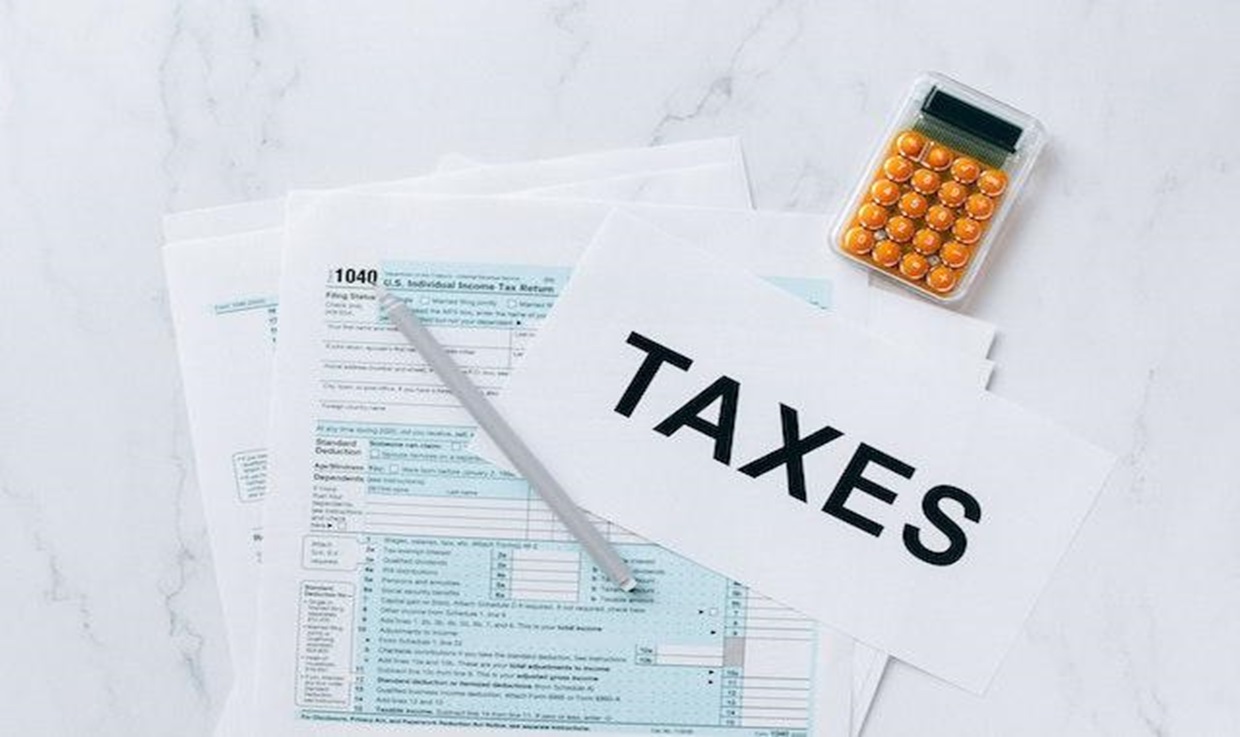

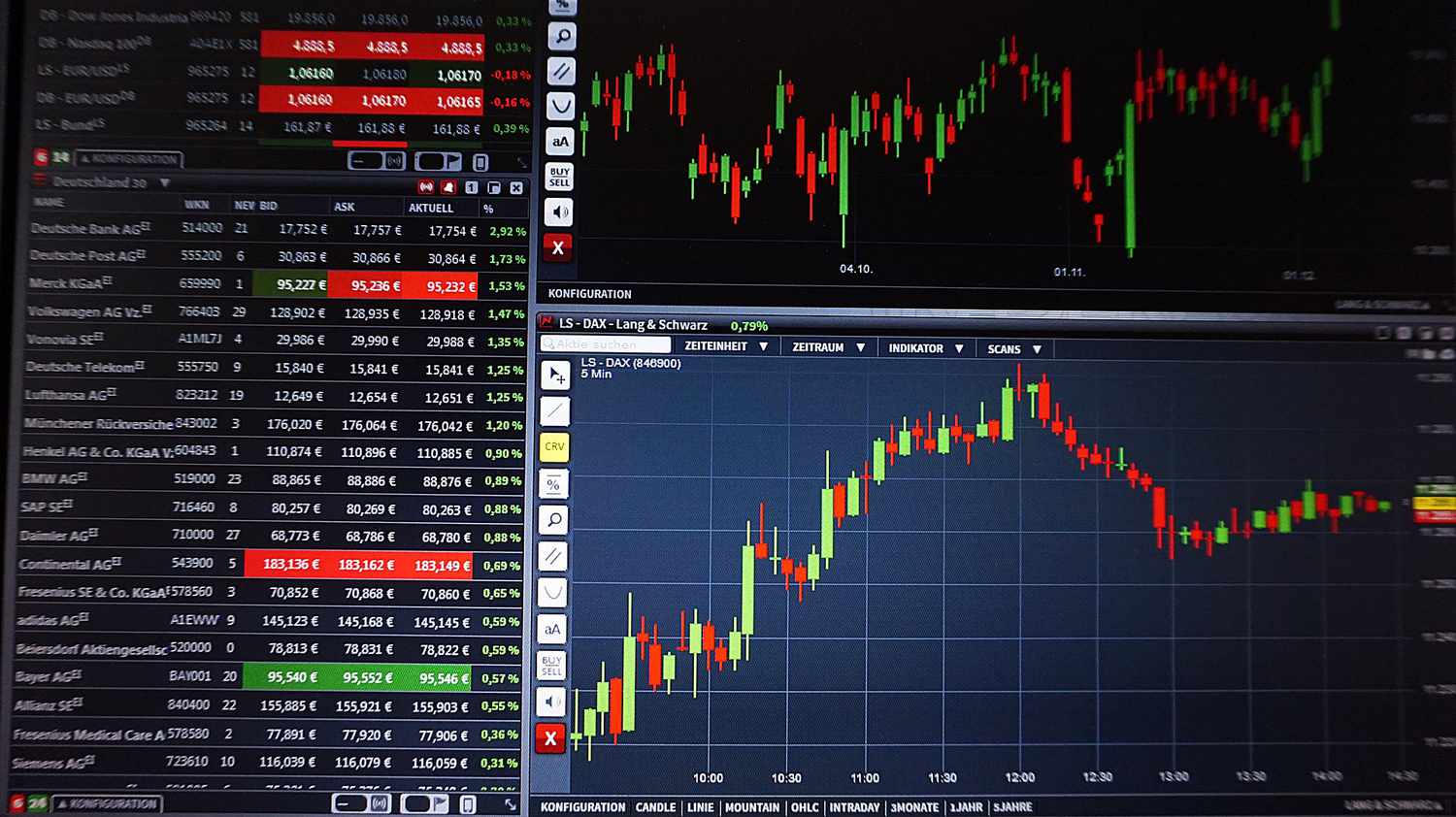

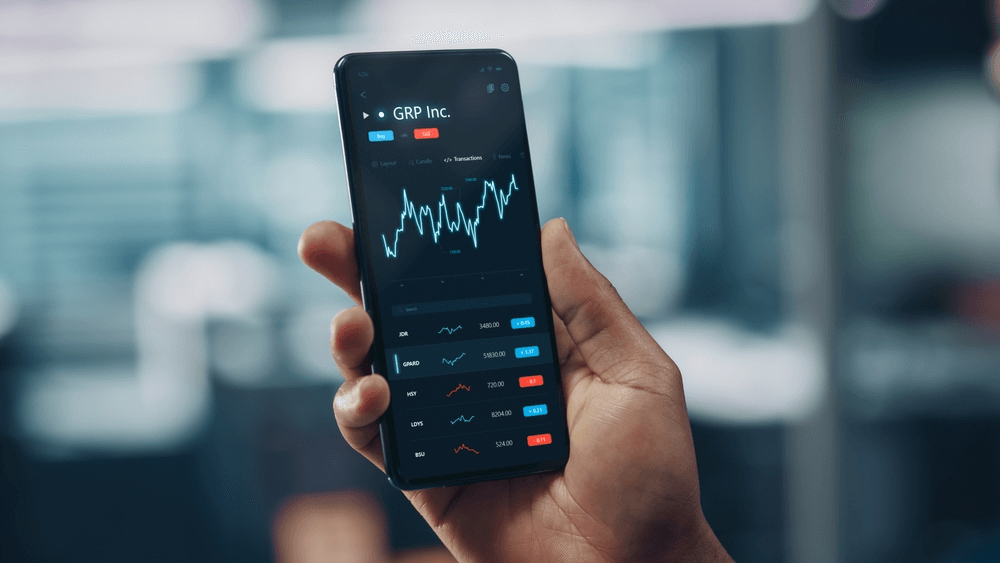







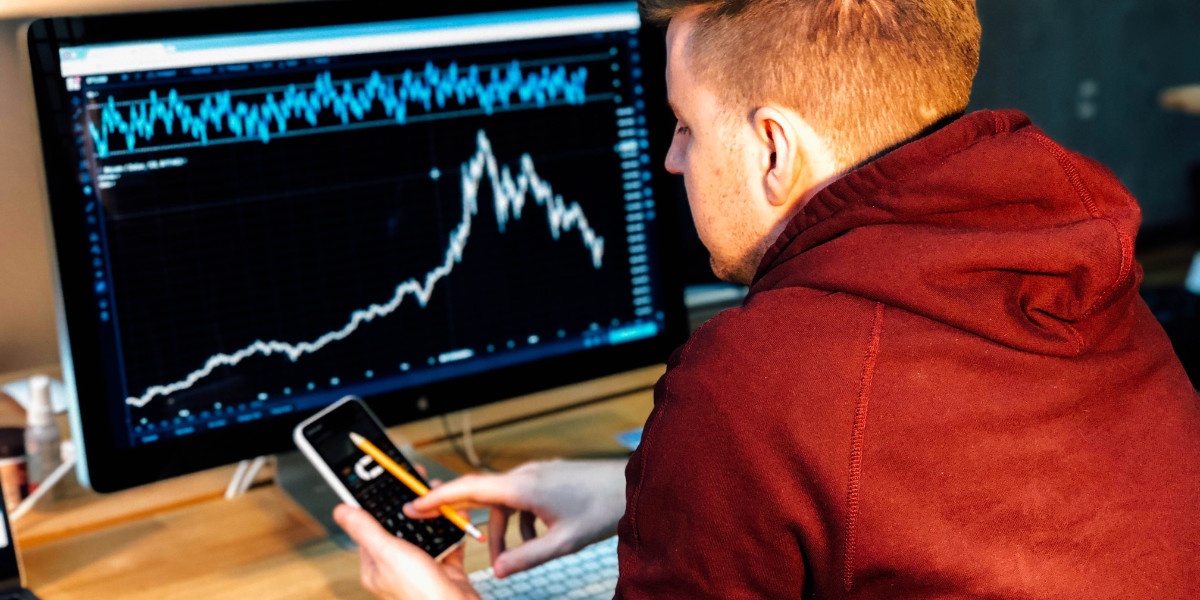






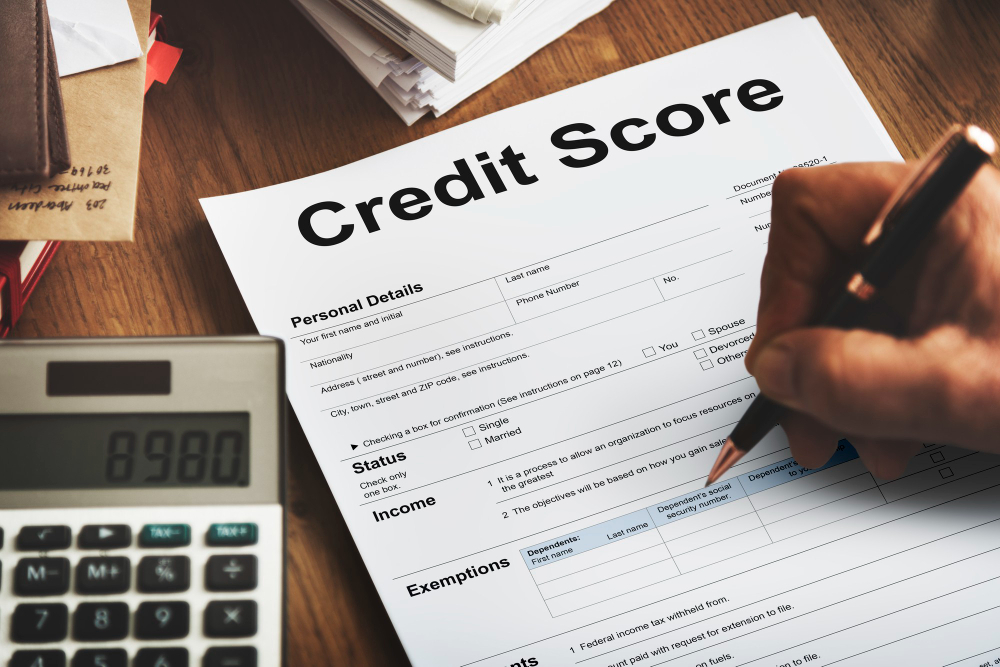

















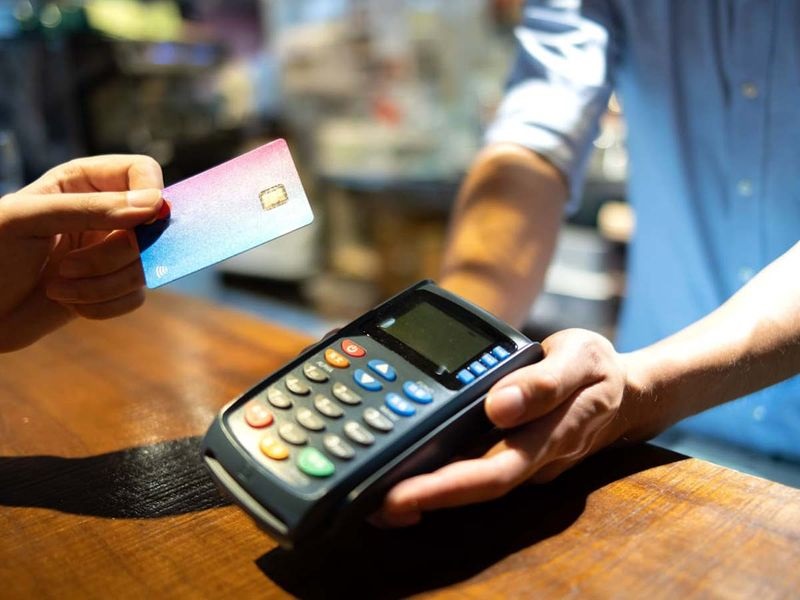












0